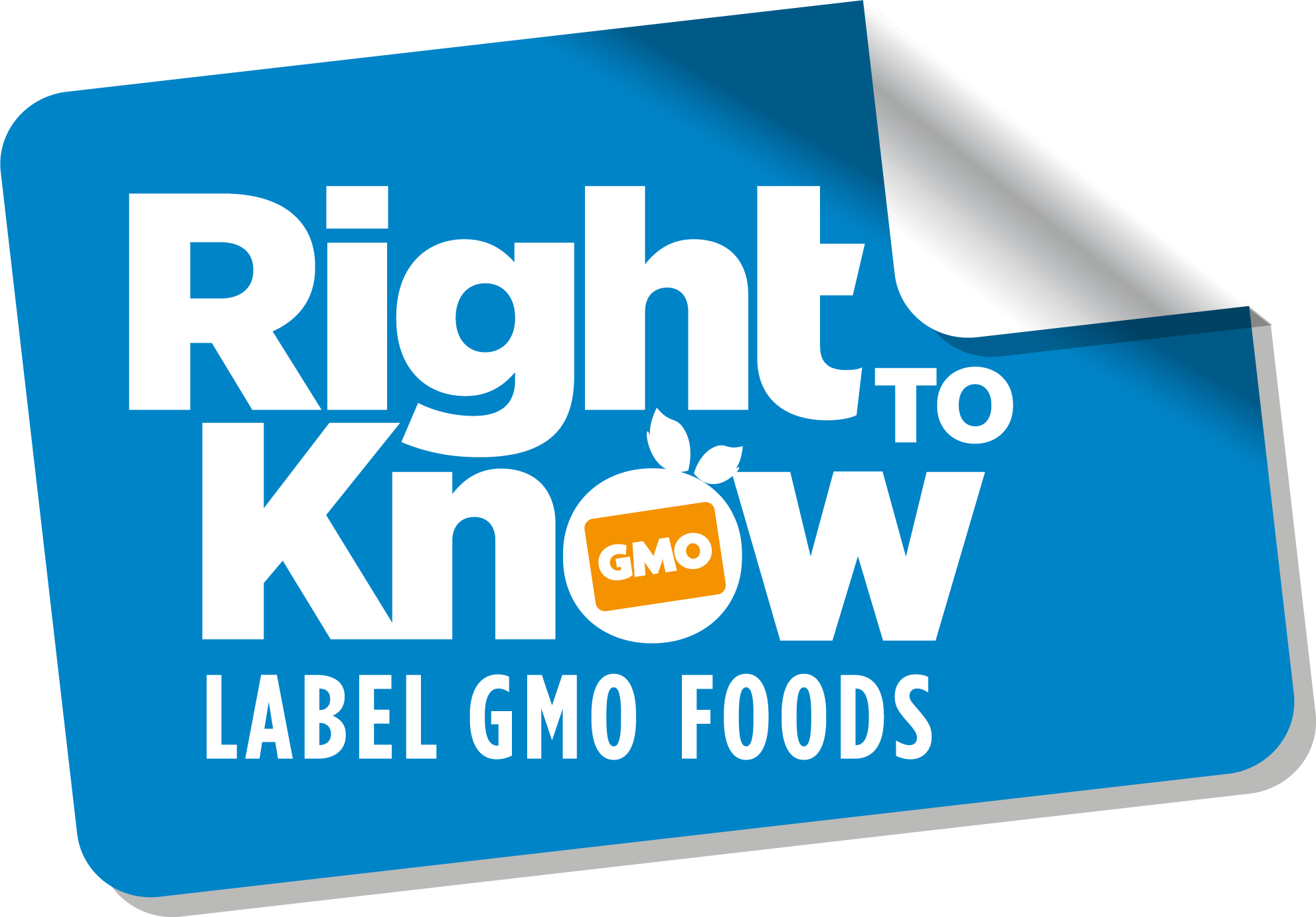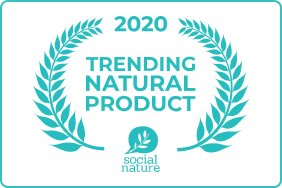
GMOs, or genetically modified organisms, are no longer a phenomenon of the future, or an issue to be put off at a later time. Two states in this month’s election had a GMO labeling initiative on the ballot – Colorado and Oregon. In Colorado, 66% of voters rejected the initiative, while in Oregon it was barely defeated. Food and biotechnology companies Monsanto, Dupont, and Big Foods spent $25 million in Colorado and Oregon to defeat the measures. But if it’s just a small label, why has it become such a big deal, and why are these huge companies spending millions of dollars to prevent mandatory labeling of GMOs?
http://www.foodnavigator-usa.com/var/plain_site/storage/images/publications/food-beverage-nutrition/foodnavigator-usa.com/regulation/pompeo-bill-would-preempt-state-gmo-labeling/8940398-1-eng-GB/Pompeo-bill-would-preempt-state-GMO-labeling_strict_xxl.jpg
Today I won’t be discussing the pros and cons of having GMOs in our society, as Kuli Kuli blogger Katie Kossow will be writing about that debate in a later post. Rather, I will instead be discussing the pros and cons of labeling genetically modified foods as a way to inform consumers. In general, proponents of the labeling initiative point to an inherent “right to know” for consumers, increased transparency between producer and consumer, and an overall push towards food democracy. Opponents of labeling are mostly farmers and large companies that produce and/or patent GMOs. Here is a table of the most common arguments against labeling and their counterarguments from the pro-labelers:
- Organic foods are already labeled, and organic means no GMOs ; v. the definition of organic is often unclear to consumers, especially when compared to labels like “natural”, and these other similar labels are not necessarily GMO-free
- GMO labeling in the U.S. can negatively affect prospects for agricultural technology in the developing world; v. many U.S. farmers export to countries where GMO labeling is required, and so they label for the international market
- Farmers may have to make huge new investments in technology and administration to ensure separation of GMO products from non-GMO products; v. farmers should already keep careful track of their GMO and non-GMO products
- Labeling is very costly for farmers; v. when compared to the existing cost of food production and processing, the cost of labeling is small
- Potential lawsuits can destroy small farmers; v. labeling initiatives can be written, and are often written, in such a way that protects farmers that produce both GMO and non-GMO crops in case they are mixed up in production by accident
- Labeling costs more for consumers; v. studies have shown that there are no correlated increases in prices when labeling is implemented
- Labeling will create an expensive bureaucratic nightmare; v. for processed foods, the manufacturer is responsible for labeling, not the farmer, and for retailers, a simple sticker is all that is required
Both of these sides have merit and good arguments, and my intention is to not choose one side that is “correct”, but rather present the arguments of both sides. The important thing to remember is that on one side, you have people that want to know what they’re eating and others who really believe that GMOs have serious health threats, and on the other side you have hard-working farmers that are trying to make ends meet as well as huge corporations that are patenting GMOs and monopolizing markets. Both sides have pros and cons, but in terms of the recent Colorado and Oregon initiatives, it all came down to the personal opinions of voters. So, what do YOU think?
Resources:
- http://www.occupy.com/article/monsanto-dupont-big-foods-spend-25-million-defeat-gmo-labeling-oregon-and-colorado
- http://rt.com/usa/205655-monsanto-dow-gmo-hawaii/
- http://www.huffingtonpost.com/maria-rodale/exposing-the-gmo-rabbit-h_b_6074966.html
- http://www.usatoday.com/story/opinion/2012/11/02/gmos-kenyan-farmer-california-voters/1657807/
- http://crosscut.com/2013/10/07/politics-government/116567/gmo-labeling-hurt-small-farmers/
- http://www.denverpost.com/editorials/ci_26697300/vote-no-proposition-105-gmo-labeling-measure?source=infinite
- http://crosscut.com/2013/10/07/politics-government/116567/gmo-labeling-hurt-small-farmers/
- http://www.huffingtonpost.com/maria-rodale/gmos-and-the-right-to-kno_b_6133246.html
- http://organicconsumers.org/label/13-gmo-lies.pdf








